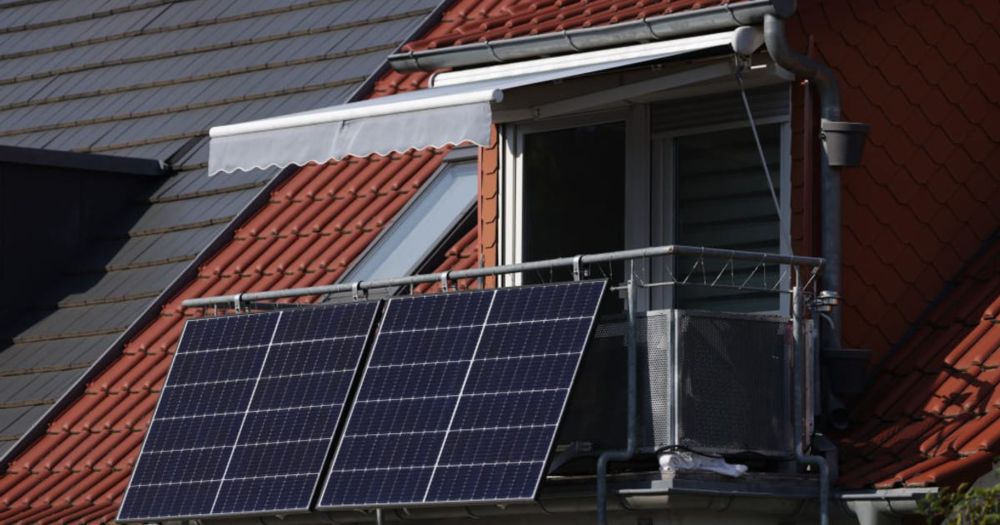I always suspected this could be the case, and new research proves it's true: Rich countries could raise 5x the money poor countries need for climate finance thru windfall taxes on fossil fuels, ending harmful subsidies + a wealth tax on billionaires. Read more: www.oilchange.org/publications...

Simple measures could raise five times more money than poorer countries are asking for, research claims
So, while assuming all coal is burnt overestimates GHG impact by <10% in China and less in other countries with smaller chemicals industries, there are other GHG costs (CH4 from mines, particularly) that we didn't include. And our estimates are broadly in line with many other sources / 1 more
Which would imply at most a 7% - 10% tweak to the GHG damage costs. New processes might do better but are likely to be subsumed by oil-to-chemicals processes. www.sciencedirect.com/science/arti...

The development of carbon neutrality technology for the coal-based chemical industry is of great interest to many coal-rich countries. An improved coa…
but coal to ethylene glycol process emits 2–3 T CO2 per T of ethylene glycol, but I don't see clear data on how this computes to T CO2 / T coal. We can assume that the chemical production processes in China, burning 15% - 20% of the nation's coal, is producing at least 1/2 that % of GHG / more
In addition, which we did not count, coal mines produce CH4 emissions. 2. The world's largest coal consumer is China. There, it seems, ~15% (could be higher) goes to chemicals, mostly feedstocks like ethylene glycol. There are no useful data on the GHG emissions from these / more
Question has a complicated, essay-length answer, but ... 1. >91% of coal in the US goes to power gen. The remainder goes to steel production or chemicals. These ALSO produce GHGs. The US inventory of GHG emissions puts them at about 8% of the coal-for-power total. / more
This week, @johnconorryan.bsky.social begins a series exploring the externalities of the coal industry. While most of us have some idea that coal causes appreciable harm, we calculated that the cumulative externalities of the coal industry are a staggering EIGHT TIMES its gross revenue.

[Editor's Note: To comply with LinkedIn publishing guidelines, we have removed the footnotes and citations from this version of the article. A full version will appear on our website soon.
